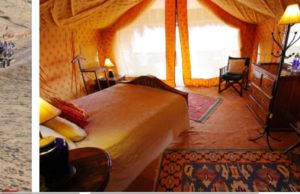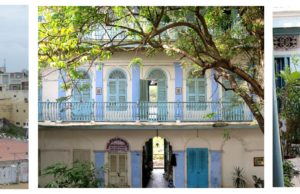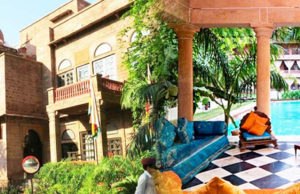
WoT's Hot
Indian crafts and textiles contemporized in an exhibition by JIYO
‘A thing of beauty is a joy forever’ the cliché quote resonated in my mind as I walked through the labyrinth of the three-storied Bungalow that has housed The Asian Heritage Foundation (AHF) over two decades. In October the Foundation closed its old address at Delhi, South Extension, with a scintillating exhibition. I only managed to catch it over the last three days with two repeated mesmerizing visits.
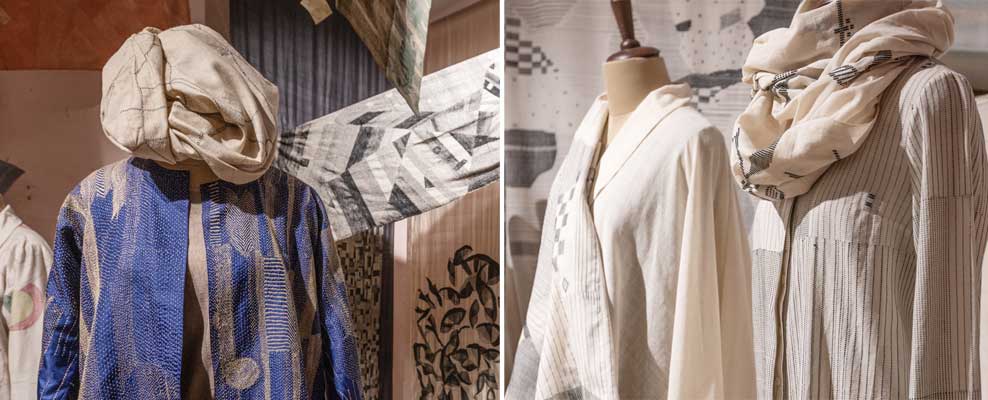
For AHF it all started about 10 years ago when the Foundation received international grants. Mentored by renowned scenographer Rajeev Sethi, the Foundation under its brand JIYO plunged headlong creating a platform for designers and craftsmen from marginalized craft communities of Andhra Pradesh, Bihar, Jharkhand, Odisha and Madhya Pradesh. Objective: contemporize India’s rural skills for the 21st century.
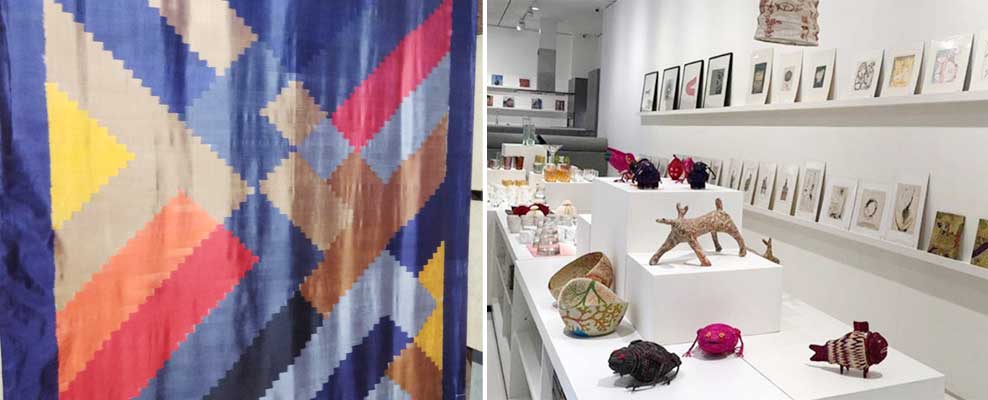
A total of 17 craft and textile types were explored with startling results. Traditional Sri Kalahasti Kalamkari hand-painting style was adapted into breathtaking sarees and stoles. Contemporary and spontaneous in natural dye, the stoles could easily double up as one of a kind wall hanging. Design intervention has given a new lease of life to the rustic Kopad of eastern Odisha and the Bahwan Buti (52 dots of Buddhist iconography) of Nalanda, Bihar, producing some stunning fabric.
Sikki, a wild growing grass in the marshlands of north Bihar, traditionally used for basket weaving was hand dyed and woven for an exclusive furniture line. Lace-like screens and lamps fashioned out of fine bamboo fish traps of Jharkhand created magical play of light and shadow. Based on the basic matka and the kulhad forms of Mandala pottery of Madhya Pradesh, a range of terracotta lamp shades and lamps had been created, as was through origami interpretation of leather shadow puppetry technique of Andhra Pradesh; giving a whole new dimension to these ancient crafts. There were Madhubani wall tiles in papier-mâché, Ikat from Pochampally, handwoven cotton Venkatgiri with zari, brocaded silk Uppada from East Godavari, traditional and experimental Baag printing from Madhya Pradesh for contemporary wear and furnishing. All this and then some.
A work in progress with more to come, the exhibition, a sensorial delight was a design experiment breaking traditional stereotype with a minimalist approach thereby contemporizing traditional craft. The event was intercepted by talks between the who’s who of the art and design world and Mr. Sethi. Curated dinner by food historian Puspesh Pant ended each day’s session.
Photo credits: Banner Left - fb\Rajeev Sethi; Banner Center - Democratic Accent; Banner Right - fb\Rajeev Sethi
Indian crafts and textiles contemporized in an exhibition by JIYO
‘A thing of beauty is a joy forever’ the cliché quote resonated in my mind as I walked through the labyrinth of the three-storied Bungalow that has housed The Asian Heritage Foundation (AHF) over two decades. In October the Foundation closed its old address at Delhi,
Other Articles in India
What to read next
Featured articles

Welcome Festive Season in Glam, Latin Quarters Launches new #PujoBling Collection with Monami Ghosh
by WOT





































